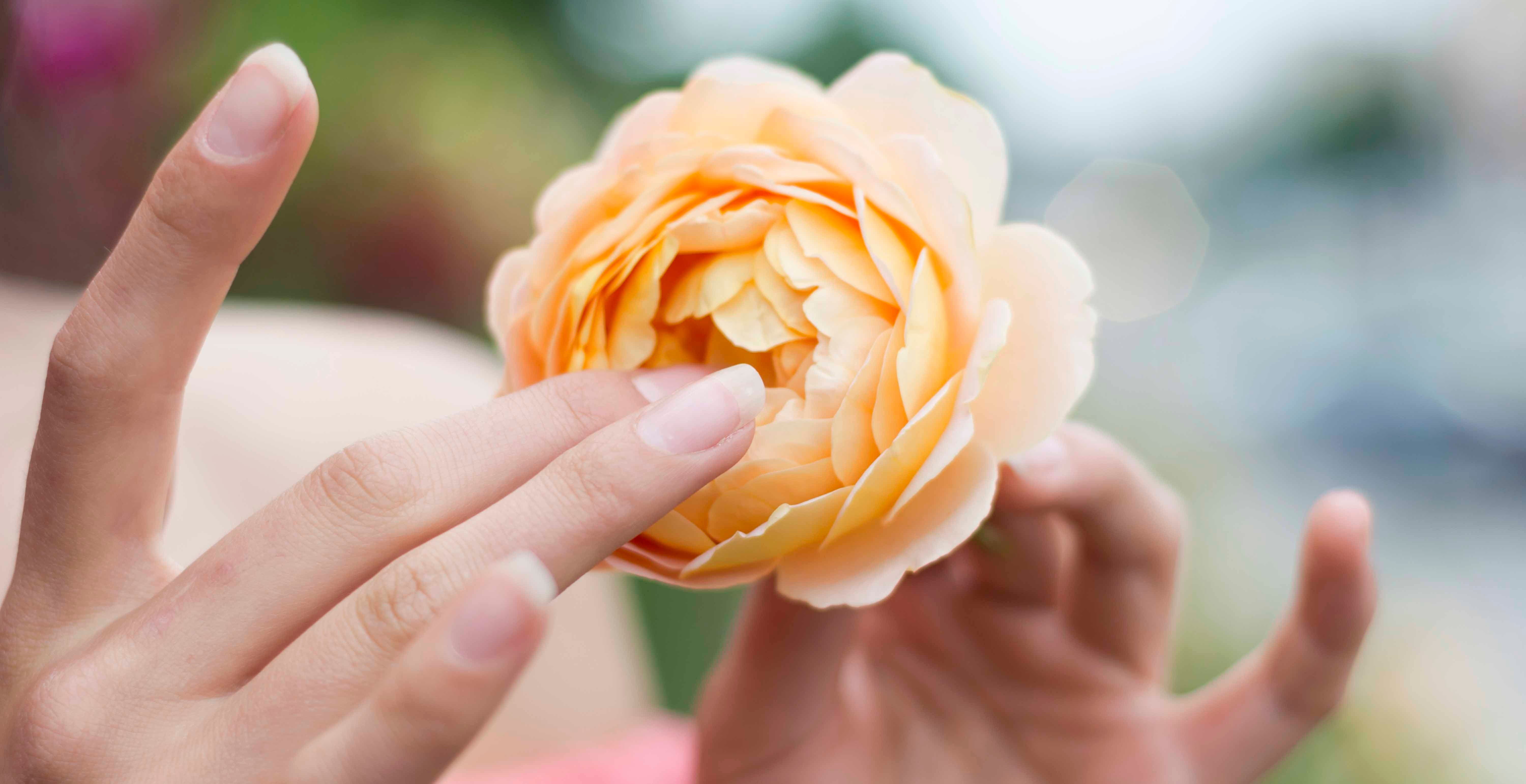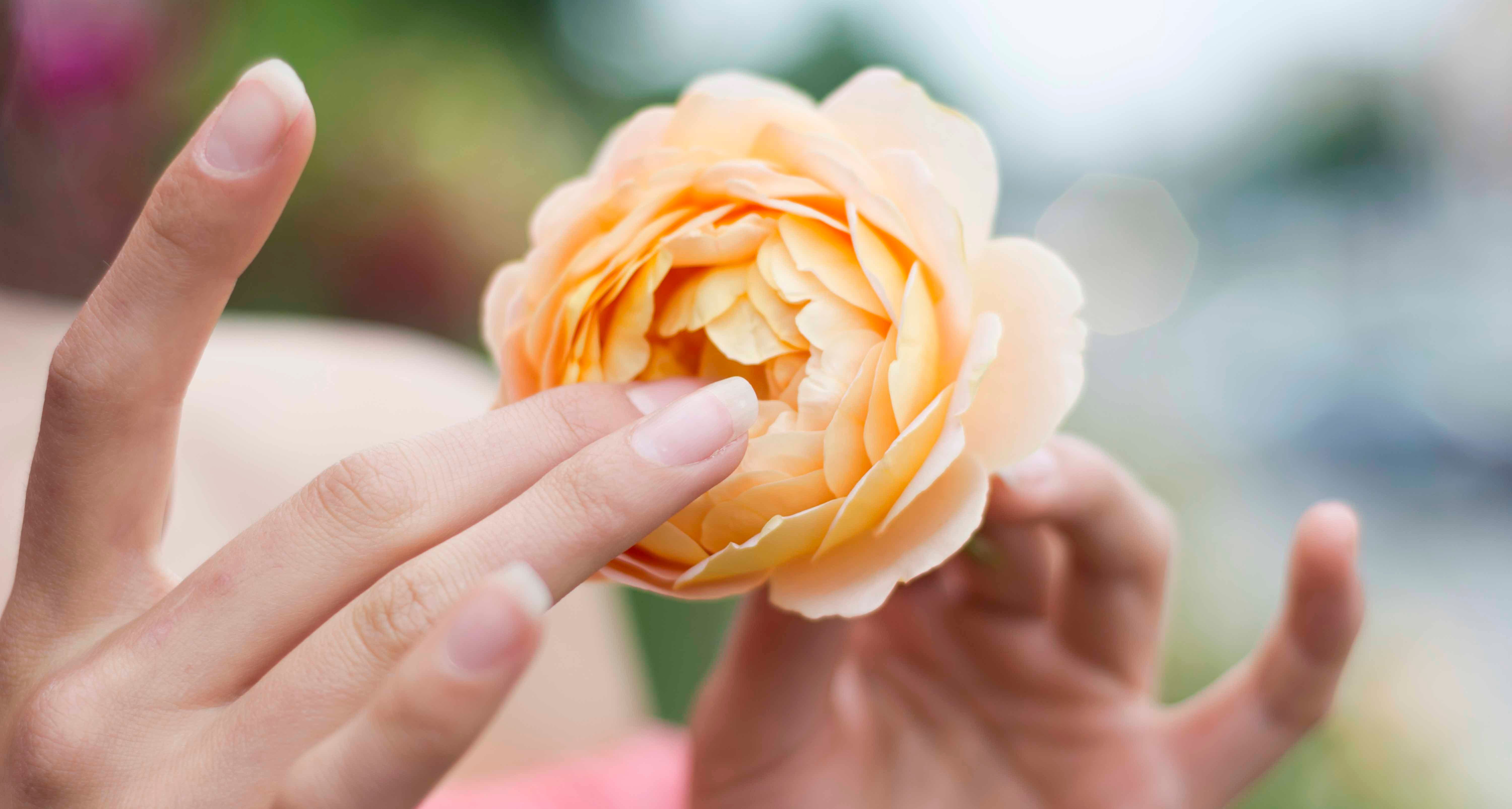

Whether you’re a mani-pedi-twice-a-month person or have never seen the inside of a nail salon, there are some basics of nail care that are important for everyone to know.
Los Angeles-based dermatologist Tsippora Shainhouse shares her top eight tips on nail care.
1. KEEP NAILS SHORT – “Keeping nails trimmed and tidy will not only minimize dirt and bacteria that accumulated underneath them but will prevent the nails from catching … and getting torn off of the nail bed, [which] can be both painful and permanently scarring,” Shainhouse says. Short nails also make it easier to use your fingers for day-to-day activities, she says.
2. WASH HANDS – “Wash hands with warm water and a gentle, moisturizing soap when they are dirty, before eating and before and after toileting,” Shainhouse advises. “Gently wash under nails to remove dirt, but don’t use force or pull nails from the skin. Dry hands and nails well and apply a moisturizer, especially if you wash your hands frequently, and in the cold, dry winter months.”
3. AVOID ALCOHOL SANITIZER GEL – While it is helpful in a pinch, alcohol gel sanitizer dries out the hands and nails, which causes an increased risk of nail breakage and splitting, Shainhouse says. “If you must use it, try to moisturize.”
4. DON’T CLEAN UNDER NAILS – “That is to say, don’t clean under your nails with a tool or stick. This can actually damage the nail bed and cause a separation between the nail plate and skin, which can be irreparable. [It can also] open up channels to infection underneath and around the nail,” she explains. “Instead, use soap and water and gentle manipulation with your fingernails, or a soft-bristled nail brush.”
5. CUT NAILS WHEN SOFT – “Nails are softest and easiest to cut when they have been wet. Just be sure to leave 0.5-1 millimetre when you cut them, Shainhouse recommends, as there can be some swelling and retraction of the bed when the nails have been wet, which can make the nail look longer than it is and trick you into cutting it uncomfortably short.
6. CUTICLE CARE – “Cuticles are the protective gateway between the outside environment and inside your fingers. It is a thin layer of skin that adheres to the nail plate to keep germs out. If you pick and prod them and cut them off, you are literally opening up your fingers and nails to potential infection and inflammation and damage,” Shainhouse says. “If [your cuticles] are very ragged, try a urea-based cuticle cream that will soften the edges, so that they will look even and can be gently trimmed or pushed back off of the nail plate, but not down to the nail fold/skin.”
7. FILING AND BUFFING – “File nails in one direction to prevent fraying and splitting. Use a gentle grain on your emery board and reserve coarser grain or metal files for artificial or super-thick nails,” Shainhouse says.
If you have nail fungus, she cautions, do not re-use the same portion of the nail file. Either dispose of it or disinfect it.
Buffing your nails will make them look shiny and smooth, she says, but over-buffing can thin the nail and leave it at risk for splitting and breakage.
8. NAIL POLISH – “Nail polish is fine for nails. It can protect nails and act as a hardener. However, it can also dry out nails and stain them,” Shainhouse says. “Moreover, the alcohol in nail polish removers [dries] out fingernails.”
She recommends giving your nails a break from polish every few weeks. And if you’re a fan of gel polish, she says, alternate gel with regular polish, as the gel removal process takes quite a toll on the nails.
“If you use the curing UV lamps to flash-dry your nails, be sure to apply a layer of broad-spectrum sunscreen on your hands to prevent premature skin aging (brown spots, wrinkling, dryness, purple spots) and skin cancer,” Shainhouse says.
What about those mani-pedis? Do we really need them?
Toronto-based LeChat Nails educator and artist Henry Pham says yes.
“A regular manicure and pedicure at a nail salon to touch up your cuticles and shape your nails is a healthy routine that maintains the condition of your nails (hands and feet),” he says.
Do be wary of the products used on your nails, however.
“Avoid using polish or polish remover with harsh ingredients as it can cause your nails to stain and become brittle,” Pham says. “Since nail lacquer contains very toxic chemicals such as toluene, dibutyl phthalate, dimethyl and diethyl phthalates, camphor, and formaldehyde, check the ingredients of your polish and ideally select one that’s at least five-free.”
While his number one tip for healthy nails is hygiene, followed closely by moisturizing (he recommends wearing a pair of gloves after moisturizing your hands, especially if you do it at bedtime), Pham says diet is also important.
“Protein is crucial (your nails need it!) along with vitamin-rich foods,” he says. “Vitamin B reduces brittleness, calcium keeps nails strong, and vitamins A and C prevent dullness and drying. Drink plenty of water to stay hydrated from the inside out.”
